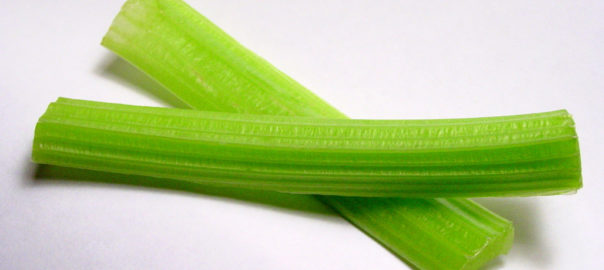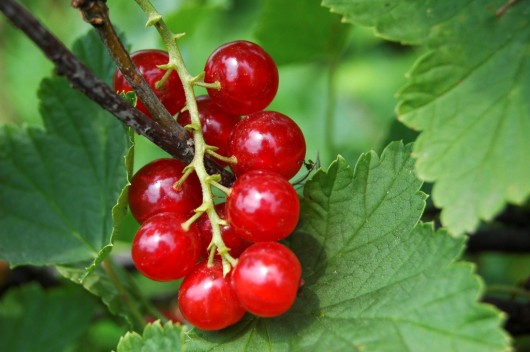Celery: a Superfood Packed With Vitamins and Minerals

There’s a myth about celery that claims that the mere act of eating it causes you to lose weight. That is, you burn more calories chewing and digesting the stuff than it has. Well, maybe not, but for centuries celery has been known as a superfood, rich in vitamins and minerals and low, if not quite that low, in calories.
Some Facts
Celery is a member of the umbelliferae family, and so is related to dill, parsley, carrots and fennel. It comes in bunches of stalks with a common base and leafy tops. Be mindful not to throw out the leafs because they’re also good. It’s in season during the summer and can be grown in a backyard garden. Celery is a biennial, which means that its life cycle lasts for two years.
The domesticated celery we eat is descended from the wild celery, which is believed to have originated in southern Europe and northern Africa. Wild celery is a little different from domesticated celery in that it was leafier.
Why It’s a Superfood
Celery is a superfood because it’s absolutely packed with vitamins and minerals. A cup of celery provides 36.9 percent of the recommended daily allowance of Vitamin K, a vitamin necessary for blood clotting. It gives 9 percent of the B vitamin folate, 9 percent of Vitamin A, 7.5 percent of potassium, 6.7 percent of molybdenum, 5.6 percent of fiber and 5.2 percent of Vitamin C. Vitamin C helps boost the immune system and is an antioxidant, which helps prevent the cells of the body being damaged by free radicals. It also cuts down on the body’s inflammatory response, which can worsen conditions like asthma and rheumatoid arthritis. Celery is also rich in phthalides, substances which help lower cholesterol and coumarins, which might have anticarcinogenic properties.
Health Benefits
Celery was used as a medicine before it was used as a food. Though it’s been used since the time of Homer, it wasn’t really valued as a food in Europe till around the 18th century, and didn’t show up in the United States till the early 1800s.
The phthalides found in celery have been shown to help arteries to dilate, which can lead to decreased blood pressure. Celery is also high in potassium, calcium and magnesium, which are also minerals known to lower blood pressure.
Celery seeds can be used as a diuretic, which means they help you to get rid of excess fluid, mostly by increased urination. The coumarins found in celery not only appear to fight cancer, but they support the production of white blood cells that fight pathogens.
Best Way to Eat Celery and a Recipe
Celery should be bought when it’s crisp and the head is tight. There should be no brown or yellow spots on the stalks and the leaves should be bright, light green and also free of spots or wilted patches. To store it, put it in a plastic bag or wrap a damp cloth around it and put it in the fridge. It’s best not to wash it until you’re going to eat it. Don’t put celery in the freezer, as it doesn’t freeze well. Celery can be chopped and added to salads, or can be eaten dipped in peanut butter or ricotta cheese. The leaves can be used in salads. Here’s a recipe.
Celery and Scallion Casserole
3/4 cup scallions
1 cup chopped celery
2 tbs. sweet butter
2 cups raw rice
2 cups chicken broth
1 tsp. sage
Dash of black pepper
Preheat oven to 350 degrees F.
Cook the scallions and celery in the butter until they’re tender. Place them in a baking dish. Cook the rice in the chicken broth until its half done, then pour over the celery and scallions. Add the sage and pepper and bake for 40 minutes or until the rice is done.






